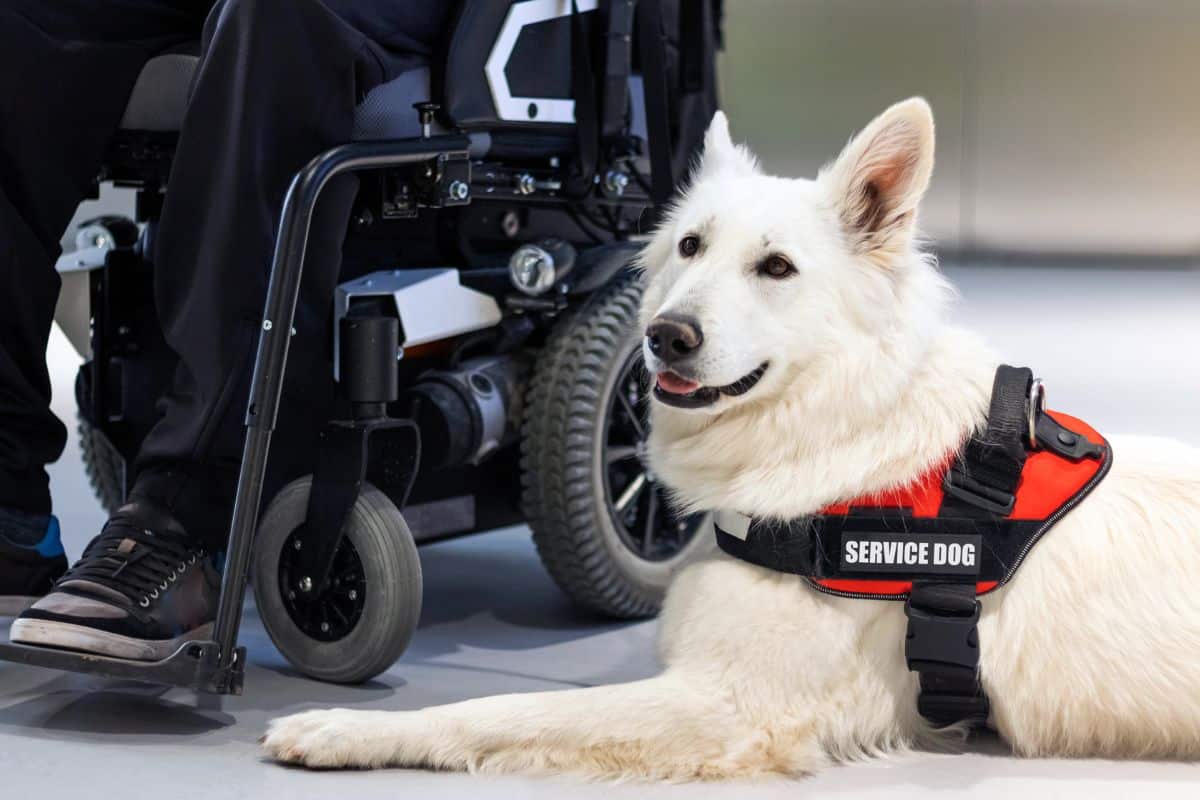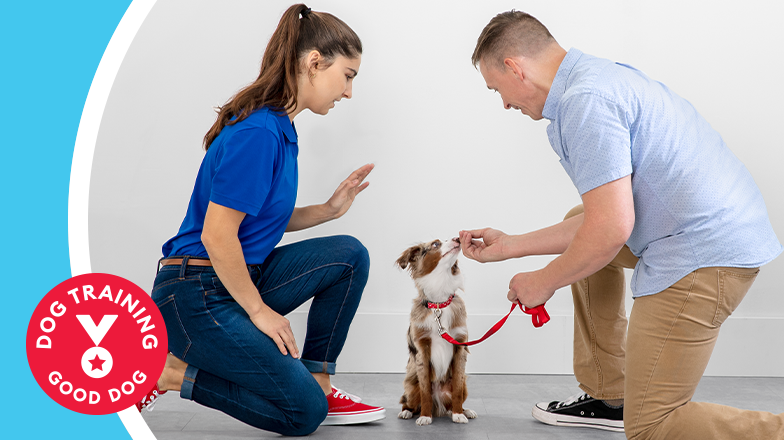Transform Your Pet's Behavior With Proven Training Approaches
Changing your pet's actions needs a nuanced understanding of their specific traits and demands, as well as the application of tried and tested training methods. Consistency in your training technique not just boosts obedience however also fosters a deeper bond of trust fund and regard in between you and your pet.
Recognizing Pet Habits
Recognizing canine behavior is essential for effective training and communication in between human beings and their canine buddies. Canines, as social animals, display a series of actions influenced by genes, setting, and experiences - Dog training. Recognizing these behaviors helps owners customize their training approaches to meet the particular requirements of their pets
Key aspects of pet behavior consist of body movement, vocalizations, and social communications. A wagging tail frequently indicates excitement, while a reduced head may signal entry or worry. Recognizing these signals can aid owners translate their dog's mood and respond appropriately. Furthermore, socialization plays an essential function fit actions; dogs that interact positively with other animals and numerous people are generally extra well-adjusted and versatile.
Moreover, identifying stress signals-- such as panting, pacing, or avoidance behaviors-- can stop rise into more serious issues. Proprietors who are in harmony with their pet dog's actions can create a nurturing and risk-free atmosphere, cultivating trust and boosting the training process. Inevitably, a deep understanding of canine habits lays the foundation for an unified partnership and reliable training outcomes, ensuring both pet dogs and their owners flourish together.
Positive Reinforcement Methods
Favorable support techniques are extensively recognized as one of one of the most effective approaches for training canines, cultivating a positive discovering setting. This strategy involves fulfilling wanted habits with deals with, praise, or play, consequently encouraging the dog to repeat those actions. Unlike vindictive methods, positive support constructs trust and reinforces the bond in between the pet dog and the trainer.
To execute favorable reinforcement efficiently, timing is important. Benefits ought to be offered promptly complying with the wanted behavior to aid the canine make the connection. Uniformity is also necessary; utilizing the exact same commands and incentives assists the dog comprehend what is anticipated. Additionally, differing the rewards can maintain the dog engaged - Dog training. For example, alternating between deals with, toys, and verbal praise can maintain rate of interest and motivation.
It is crucial to keep in mind that favorable support is not regarding bribery; rather, it has to do with reinforcing excellent habits. Gradually, as the pet discovers to link certain actions with positive outcomes, the frequency of benefits can be gradually reduced, transitioning to spoken praise or periodic rewards. This method not just encourages obedience but likewise advertises a satisfied and certain pet dog, making training a much more enjoyable experience for both parties included.
Addressing Common Problems
Resolving usual concerns throughout canine training is vital for making sure a successful and harmonious relationship between the dog and its owner. Lots of canine owners encounter behavior difficulties, such as too much barking, jumping, and chain pulling. Recognizing the origin of these habits is crucial for effective training.
Excessive barking may originate from boredom, anxiousness, or a lack of socializing. To alleviate this, supply adequate workout, psychological excitement, and opportunities for social communication with both human beings and various other dogs. Jumping can often suggest enjoyment or a wish for focus. Educating the canine to rest upon welcoming can redirect this behavior favorably.
Chain drawing is one more prevalent concern, often resulting from a pet's passion to explore. Making use of appropriate chain handling methods, combined with training protocols that encourage loose-leash strolling, can substantially enhance this behavior.
In enhancement, concerns like source safeguarding or splitting up anxiousness require customized methods. Progressive desensitization and counter-conditioning can be effective in resolving these challenges. By acknowledging and proactively handling these usual concerns, pet dog proprietors can foster a more pleasurable training experience and reinforce the bond with their canine companions.
Consistency in Training

To achieve uniformity, it is important that all members of the family abide by the very same training methods. As an example, using the exact same verbal cues and hand signals makes certain that the dog gets consistent messages. Additionally, the timing of corrections and benefits should be regular; prompt reinforcement boosts the possibility that the dog will associate the behavior with the result.
Routine method sessions, paired with structured timetables for feeding, strolling, and playtime, help canines prepare for and recognize their environment, making them more receptive to training. Ultimately, uniformity fosters a feeling of safety and security and trust fund, equipping pet dogs to discover a lot more properly.
Building a Strong Bond
Just how can promoting a strong bond between a pet dog and its owner enhance the training experience? When a dog really feels safe in its link with its owner, it is extra likely to display favorable behaviors and be receptive to finding out.
In addition, a solid bond promotes far better communication. Pet dogs are proficient at investigate this site checking out human signs, and a relying on connection enables for clearer signals throughout training. Proprietors who invest time in building this bond through play, socializing, and favorable reinforcement develop a setting where pet dogs feel excited and inspired to discover.
In addition, a well-established link can minimize anxiousness and behavior problems, as pet dogs are much less most likely to act out when they feel understood and taken care of. Prioritizing the growth of a solid bond not just enhances the training experience yet additionally adds to a better and much more well-adjusted dog. Ultimately, the trip of training transforms right into a collective partnership, causing lasting behavioral renovations.
Verdict

Proprietors who are attuned to their pet dog's behavior can develop a safe and nurturing atmosphere, fostering depend on and boosting the training procedure. Inevitably, a deep understanding of canine actions lays the foundation for an unified connection and reliable training outcomes, guaranteeing both pets and their proprietors flourish together.
Dealing with typical issues during pet dog training is essential for ensuring a successful and unified connection between the canine and its proprietor.Uniformity is a cornerstone of efficient pet dog training, as it establishes a clear structure for the canine to comprehend behaviors and expectations.In verdict, changing a canine's habits with confirmed training approaches needs an understanding of canine behavior, the application of positive reinforcement techniques, and an emphasis on consistency.